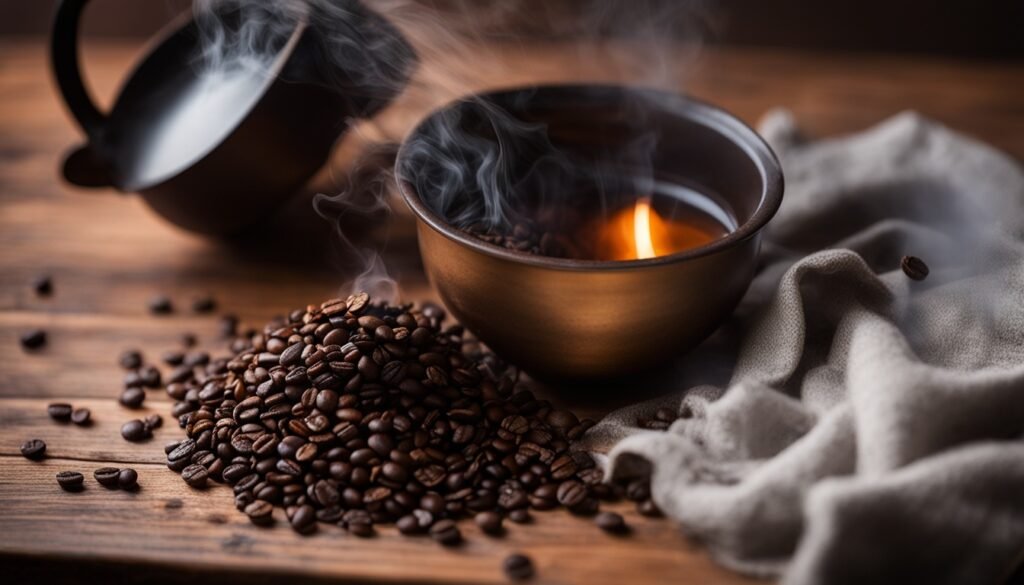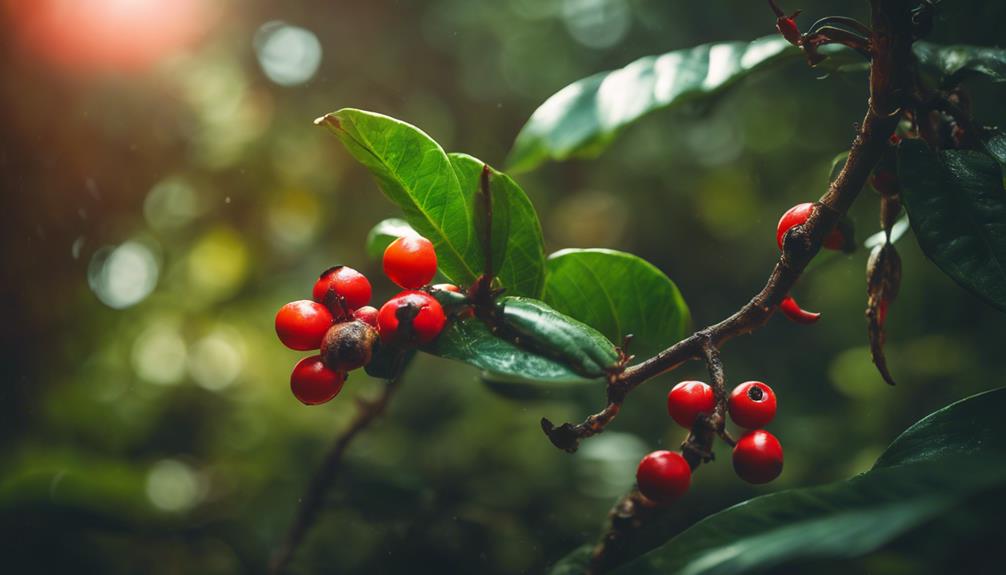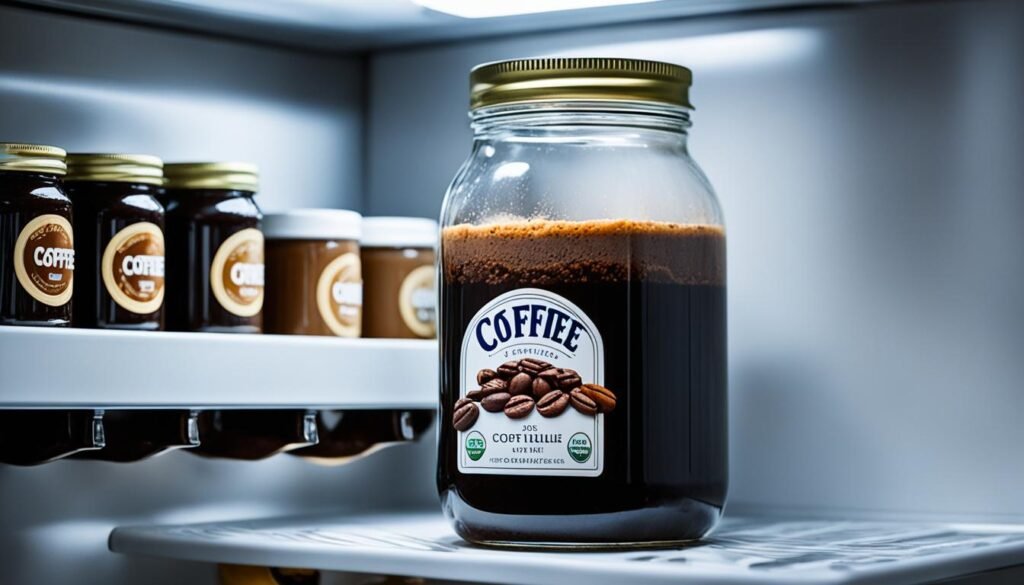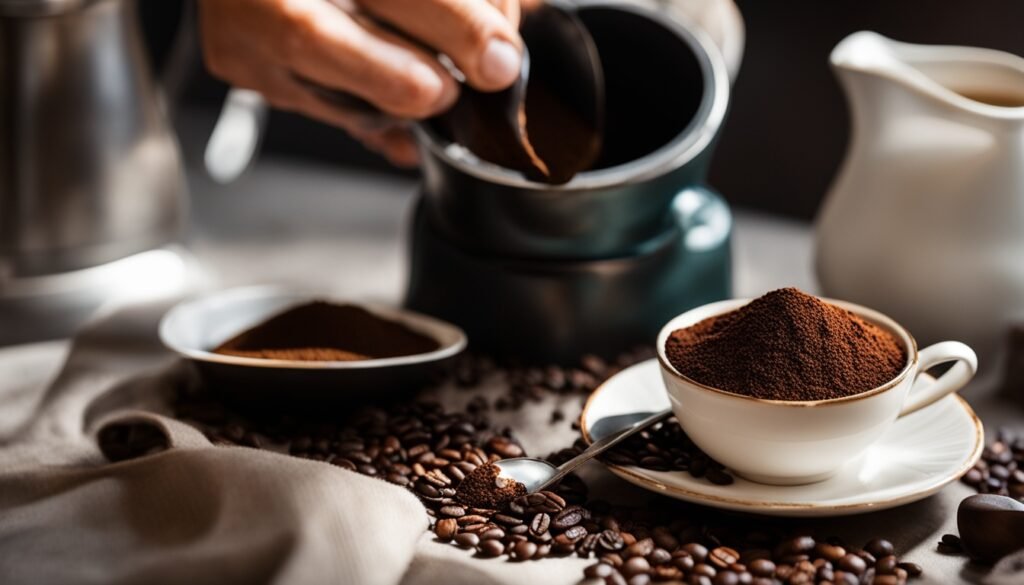Coffee makers have come a long way. Early on, people used cezve containers to make Turkish-style coffee.
In the 1780s, Sir Benjamin Thompson created the percolator, which cycles boiling water through coffee grounds. Later, Thompson also invented the drip-brew coffee maker, which became popular thanks to Melitta Bentz's disposable filters.
For those who prefer a richer brew, French presses became a favorite.
The biggest change in recent times came with Keurig's K-Cup system in 1992. This revolutionized convenience and variety in coffee making.
Each innovation has aimed to make our coffee experience better. If you're interested in learning more about this evolution, keep exploring!
Early Coffee Brewing Methods
Throughout history, we've always sought better ways to brew coffee, starting with methods like Turkish-style coffee and the percolator. Turkish tradition, dating back to the 16th century, uses small containers called cezve or ibrik, often heated in hot sand. This method makes a strong, bitter coffee rich in oils, typically sweetened with sugar.
In the 1780s, Sir Benjamin Thompson invented the percolator, a device that became popular for its unique process of cycling boiling water through coffee grounds.
Each new method of brewing coffee shows our ongoing quest for the perfect cup, deeply rooted in different cultures and historical practices.
The Drip-Brew Coffee Maker
In the 1780s, Sir Benjamin Thompson invented the first drip brewer, which was a big step forward in coffee-making. This method let hot water drip through coffee grounds, making a smoother and more consistent brew.
Then, in 1908, Melitta Bentz improved the process with her disposable coffee filter. This made brewing cleaner and more efficient.
The idea of drip brewing evolved even more with automatic brewing machines for home use. These machines control water temperature and brewing time precisely, ensuring a perfect cup each time.
Combining automatic brewing with innovative filters has made drip-brew coffee makers a common appliance in many homes today.
Percolator and French Press
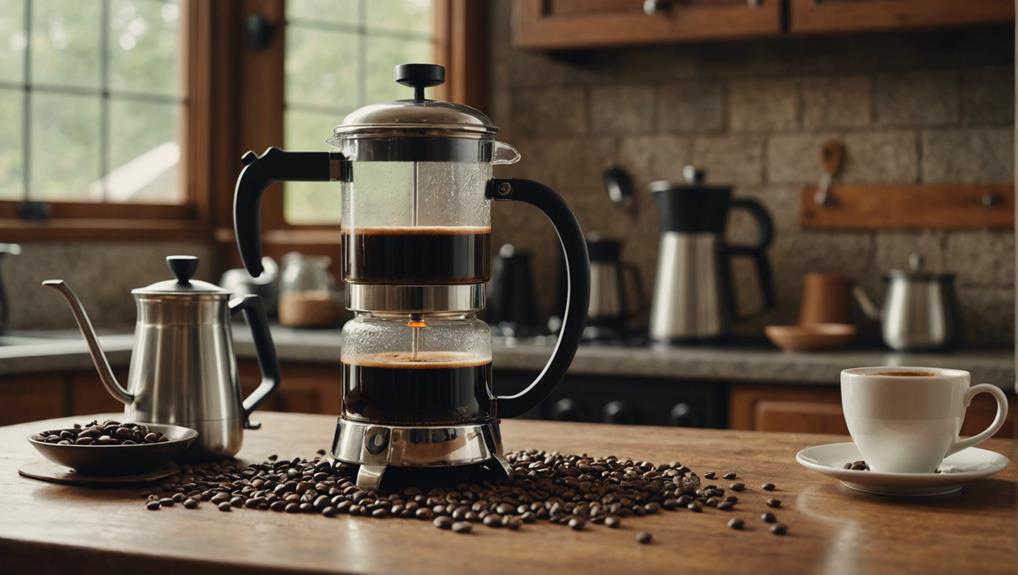
While drip-brewing became popular, percolators and French presses offered other ways for coffee lovers to explore different flavors and brewing styles. The percolator, invented by Sir Benjamin Thompson in the 1780s, uses a brewing method where water cycles through coffee grounds repeatedly, creating a strong flavor. Although its use has declined, modern versions still appeal to those who enjoy its unique taste.
In contrast, the French Press, patented in 1924 by Marcel-Pierre Paquet dit Jolbert, has become a favorite among coffee enthusiasts. This method involves steeping coffee grounds in hot water and then pressing them through a metal filter. The French Press technique decreases acidity and enhances the richness of the coffee, making it ideal for darker roasts.
Brands like Bodum and Frieling offer high-quality French Presses for those looking to try this method.
Turkish-Style Coffee
Turkish-style coffee, a brewing method dating back to the 16th century, delivers a unique and robust flavor by immersing finely ground coffee in hot sand. To make this coffee, we use a cezve, a small pot designed specifically for this method. The finely ground coffee is mixed with water and often sugar, then slowly heated in the sand. This slow heating process helps the coffee develop a strong flavor, rich with oils and a characteristic bitterness. The result is an intensely aromatic and full-bodied cup of coffee.
Turkish-style coffee is more than just a drink; it connects us to centuries-old traditions. This method offers a distinctive way to enjoy coffee, making it an experience rather than just a beverage. For those looking to try it at home, consider using Kurukahveci Mehmet Efendi Turkish Coffee, a well-known brand that captures the essence of this traditional brew.
The K-Cup Revolution
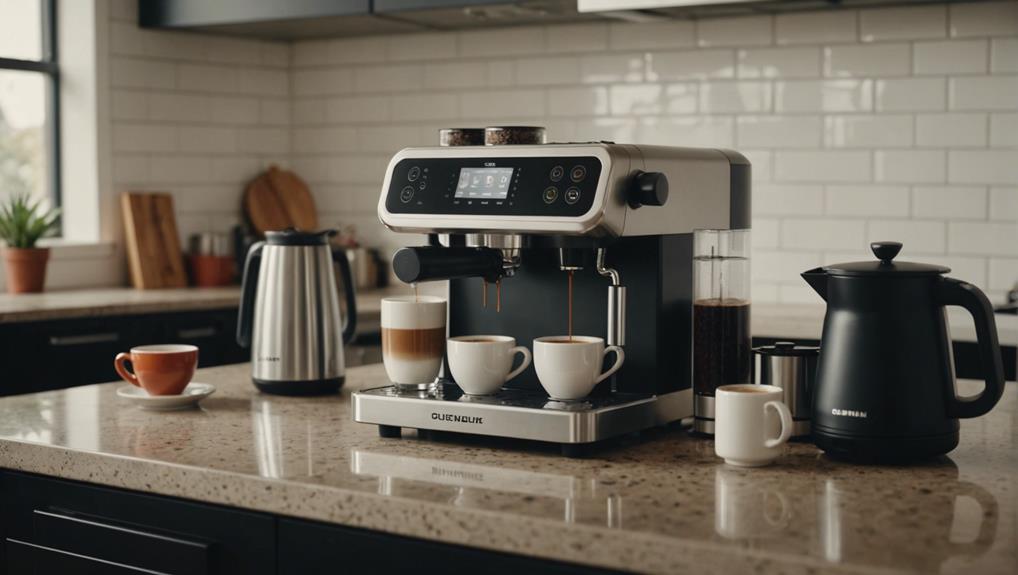
The invention of the K-Cup by Keurig in 1992 completely changed the way we make and enjoy coffee. It introduced a new level of convenience and variety. With the K-Cup system, you can easily brew a fresh cup of coffee in just a few minutes.
Each K-Cup contains ground coffee in a small filter, so there's no need for traditional coffee filters or dealing with messy cleanup. The machine punctures the cup and pushes hot water through the grounds, making a perfect single portion.
This innovation saves time and offers a wide range of coffee flavors and brands. For example, you can find everything from classic roasts like Starbucks to unique blends from smaller brands. Because of this, the K-Cup has become an essential part of many homes and offices, changing the way we brew coffee forever.
Conclusion
The evolution of coffee makers from Sir Benjamin Thompson's early drip brewer to the modern K-Cup system is quite significant. Each new development has improved the way we make and enjoy coffee. Today, we can quickly brew a perfect cup with little effort, which suits our busy lifestyles. This progress honors both tradition and modern needs, ensuring our love for coffee stays strong.
For example, early drip brewers required manual effort and time. Thompson's design used gravity to extract coffee, laying the foundation for future machines. As technology advanced, we saw electric drip coffee makers like the Mr. Coffee machine, which made brewing easier and faster.
The introduction of single-serve systems like the Keurig K-Cup changed the game further. These machines offer convenience and variety, allowing users to choose from a wide range of flavors with just the push of a button. The ease of use and speed of these machines are why they're popular today.
In conclusion, the journey from drip brewers to K-Cups shows how coffee makers have adapted to our changing needs. This evolution ensures we can always enjoy a great cup of coffee, no matter how busy we are.






